Global Bird Weekend: Celebrating Birds Across the World’s Flyways
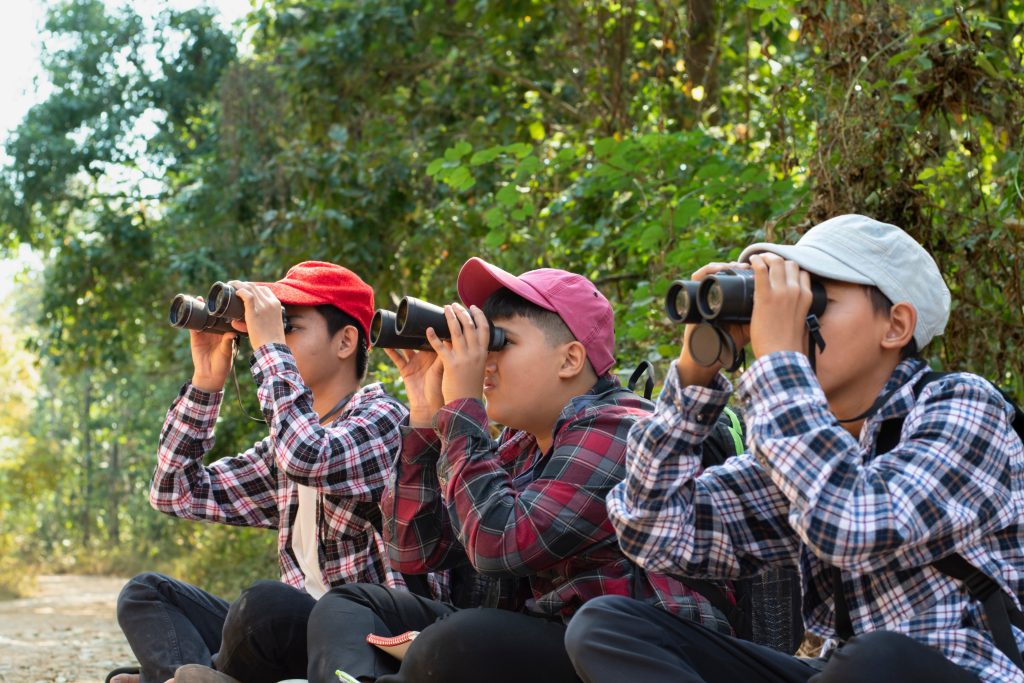
Every second Saturday of October, bird enthusiasts from around the world come together to celebrate Global Bird Weekend—an annual event uniting the global community in the love of birdwatching and conservation.
Organised in collaboration with Global Birding, eBird and Swarovski Optik, this event from October 11th-13th, highlights the importance of bird migration, flyways, and the collective efforts needed to protect avian diversity. As millions of birds embark on their seasonal migrations, Global Bird Weekend offers a unique opportunity to witness these awe-inspiring journeys along the world’s major flyways.
But what makes this weekend even more exciting is the chance to spot some truly remarkable species as they traverse the globe. Here’s a closer look at some key birds to watch for across the world’s major flyways.

1. Central Asian Flyway: Steppes and Deserts as Migratory Pathways
Although it’s the shortest of the world’s flyways, the Central Asia flyway is used by more than 600 migratory bird species.
Key Species to Watch:
- Bar-headed Goose (Anser indicus): With striking black stripes and a bright yellow beak, the Bar-headed Goose is an impressive migratory bird! Between 97,000-118,000 individuals cross the Himalayas (including over Mount Everest) several times throughout their lives.
- Black-necked Crane (Grus nigricollis): It’s elegant black neck and striking red crown make these black and quite birds a spectacle in the sky. Native to the Tibetan Plateau and widespread in areas beyond, they migrate and arrive in Bhutan for winter. A festival in their honour occurs every year, where children dress up as the cranes in celebration.
- Sociable Lapwing (Vanellus gregarius): Easily recognised with their black cap and sandy plumage, the Sociable Lapwing form large flocks during their impressive migration from their breeding grounds in Central Asia to wintering sites in the Middle East and South Asia, navigating thousands of kilometres twice a year. A lucky sight if spotted!
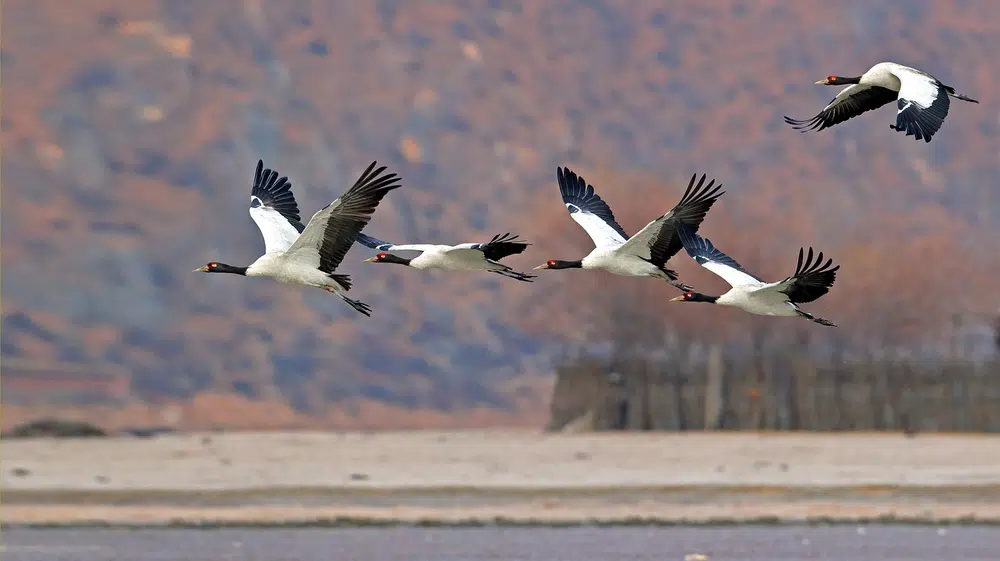
2. East Asia-Australasia Flyway: A Highway for Shorebirds
The East Asia-Australasia Flyway connects Siberia and Alaska with Southeast Asia and Australia. It’s a lifeline for millions of shorebirds and other species that rely on coastal wetlands along the route.
Key Species to Watch:
- Bar-tailed Godwit (Limosa lapponica): Famous for its epic non-stop migration of over 12,000 kilometres from Alaska to New Zealand, the Bar-tailed Godwit is one of the most impressive migratory species. It can be seen at staging areas like the Yellow Sea and coastal New Zealand during Global Bird Weekend.
- Spoon-billed Sandpiper (Calidris pygmaea): Critically endangered, this tiny shorebird breeds in Russia’s Chukotka region and winters in Southeast Asia. Conservationists use events like Global Bird Weekend to raise awareness of the threats it faces.
- Great Knot (Calidris tenuirostris): With key stopover sites in China and Australia, the Great Knot is another species to watch, particularly in places like the Gulf of Carpentaria in northern Australia.
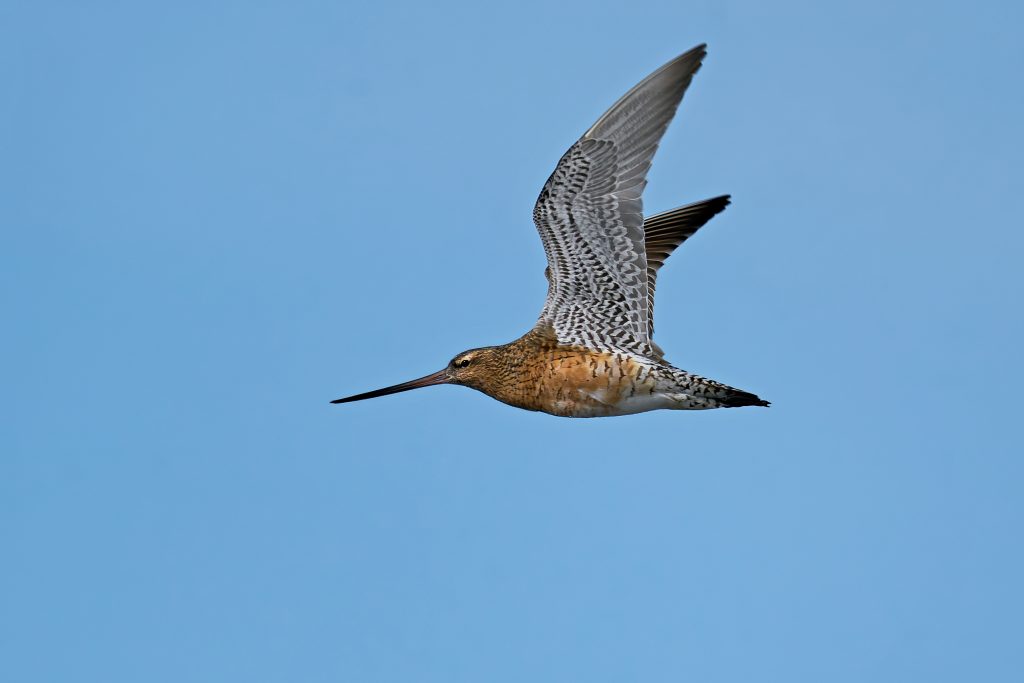
3. Americas Flyways: Raptors and Waterfowl in Flight
The Pacific, Central, and Atlantic Flyways in the Americas span from the Arctic tundra to the southern tip of South America, guiding an array of migratory birds through North, Central, and South America.
Key Species to Watch:
- Swainson’s Hawk (Buteo swainsoni): This long-distance raptor migrates from North America to Argentina, with large kettles of hawks spiralling through the skies over Central America. Panama’s famous migration watch sites, such as Ancon Hill, are perfect for spotting this species.
- Broad-winged Hawk (Buteo platypterus): Another raptor known for dramatic migratory flocks, the Broad-winged Hawk travels from Canada and the U.S. to South America. Veracruz, Mexico, is a top spot to observe hundreds of thousands of these birds in migration.
- Rufous Hummingbird (Selasphorus rufus): At just 3 inches long, this brightly coloured bird flies over 3000 miles on their migration journey! They also have a fantastic memory, remembering where to find food even one year later, and are fiercely territorial fighting off larger species that venture too close.
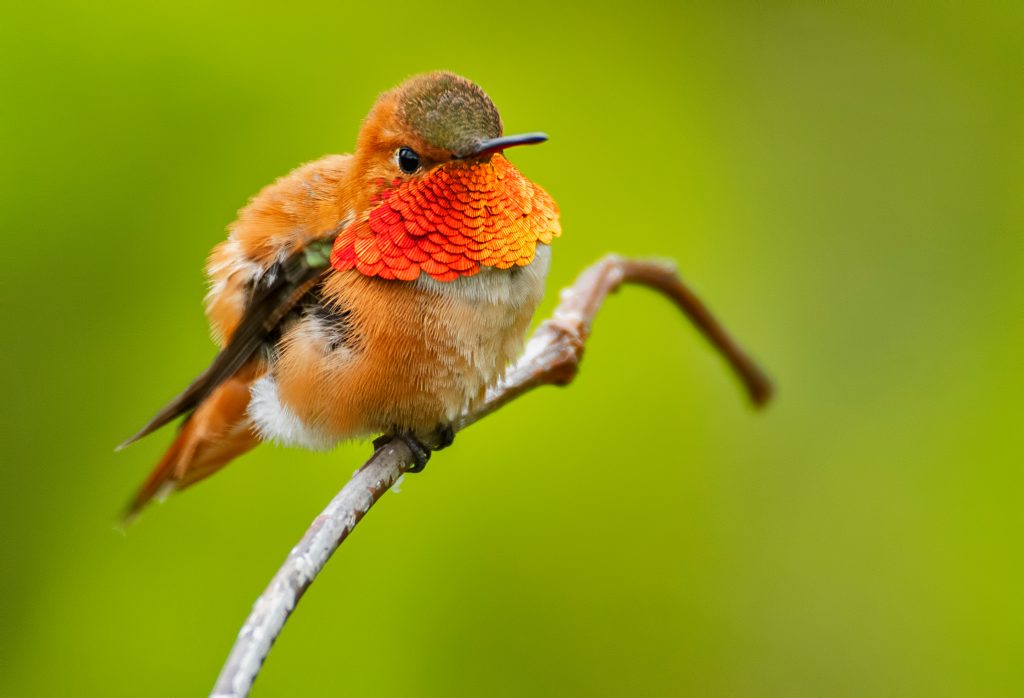
4. African-Eurasian Flyways: The Great Rift Valley’s Birds of Prey
The African-Eurasian Flyways cross vast stretches of desert and savannah, with millions of birds passing through the Mediterranean, Middle East, and East Africa.
Key Species to Watch:
- Egyptian Vulture (Neophron percnopterus): This small, distinctive vulture migrates from southern Europe to Africa and can be seen at migration hotspots like Gibraltar and the Bosporus. Conservationists have been working to protect this species from threats along its migratory path.
- White Stork (Ciconia ciconia): A familiar sight, the White Stork migrates from Europe to Africa, following thermal currents across the Mediterranean. Large groups can often be seen soaring over Israel’s Hula Valley or Egypt’s Nile Delta.
- Steppe Eagle (Aquila nipalensis): One of the largest eagles, the Steppe Eagle moves from Central Asia to East Africa, using the Rift Valley as a key corridor. These majestic birds can be spotted soaring over Ethiopia’s Simien Mountains or Kenya’s Rift Valley lakes.
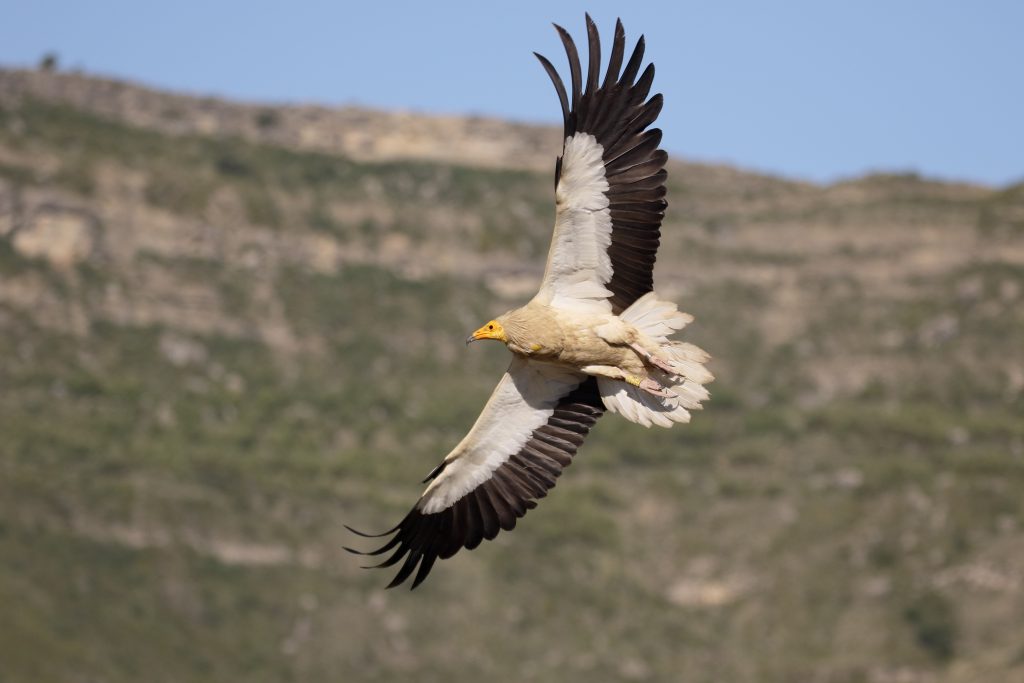
How to Participate in Global Bird Weekend
Whether you’re a seasoned birder or new to birdwatching, participating in Global Bird Weekend is easy and rewarding. Here’s how you can get involved:
- Register here: https://mailchi.mp/birdlife/global-bird-weekend
- Join Local Birdwatching Events: Many local bird clubs and organizations will host events for the weekend, from birding walks to online webinars.
- Support Conservation Projects: Use the event as a chance to fundraise, donate or raise awareness for critical conservation projects like the protection of migratory bird habitats.
- Spread the Word: Share your birdwatching experiences on social media using the hashtag #GlobalBirdWeekend to inspire others and showcase the beauty of bird migration.
